Agnico Eagle soars at 60
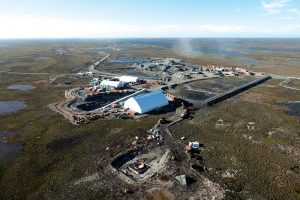
The Meliadine project, in Nunavut, will see first production in 2019. CREDIT: AGNICO EAGLE MINES
Okay, sure. Just about any CEO of a successful mining operation will likely tell you the same thing. Things have never been better. The difference is not every mining company gets to celebrate their sixtieth year in business; nor are the superlatives always justified by the numbers.
In Sean Boyd’s case, they are: cash receipts from operations in the first six months of this year were $406.6 million or 8.4% over the same period last year. Gold production guidance was up to 1.62 million oz. from 1.57 million oz. and total cash cost guidance down from US$610 per oz. to US$595 per oz.
“We don’t run around patting ourselves on the back but of the TSX sixty companies over the past ten years, our returns were ranked number eighteen behind one of the banks at seventeen,”
said Boyd. “All the other banks were behind us and the next closest mining company was fortieth and those returns were all negative over that ten-year period.”
The Harvard Business Review was certainly impressed. In its annual ranking of worldwide companies in November it placed Agnico Eagle at 55 on a list of 1,200. How does Boyd account for its ability to prevail where others fail, especially in volatile markets where gold prices can drop as easily as they rise? By doing things a lot differently than most companies in the resource industry.
“Most guys get caught up in this boom and bust mindset.
When things are looking good, they’re getting carried with investments in the business. And when things turn down, they panic and are forced to slash and burn.”
The reverse can happen, too, said Boyd. Between 2012 and 2015 when the competition was selling assets at depressed prices, slashing drill and head count, Agnico was investing in juniors, adding drills and growing production. And because it made those crucial investments at a time when others weren’t, Boyd notes: “We actually have one of the few companies in the gold space that can grow over the next two to three years.”
Milestones galore
A quick look at the company’s history will show you Agnico Eagle’s recent success is no anomaly. From the very beginning, the company distinguished itself by managing risk better than other companies, Boyd says. It never set out to become the biggest.
Instead, Agnico management viewed their jobs “as building a solid, manageable business that generated above average returns for our shareholders, and a great place for people to work.”
A case in point: Paul Penna. Agnico Mines had already been in business for 15 years when Penna merged it with Eagle Gold mines in 1972 and took over as president. While the merged company would rely for the next decade on revenues generated by the gold mine as the price of silver foundered, Penna took an interest in a property in the Abitibi region of northwestern Quebec that others were ignoring – the Dumagami Mines incorporated in 1961. Penna soon entered into an agreement with Noranda to develop the property.
Scroll forward eight years to a major gold discovery on the property now named the LaRonde mine after its first general manager Don LaRonde. Noranda is out of the picture as Agnico Eagle’s stock price starts rising and the company begins raising $179 million in stock and bond offerings to bring LaRonde into production. This is perhaps the single most important milestone at LaRonde, mirrored last year, says general manager Daniel Paré, when it became the deepest underground mine in the Americas, reaching 3 km.
“The operation also poured its five millionth ounce of gold last year, so that’s two big milestones,” Paré says. “And now we have a diamond drill exploration program that extends to 3.7 kilometres deep.”
Not for the faint of heart
In fact, LaRonde has expanded many times since 1988, said Paré, with a mill rate rising from 1,800 tpd to more than 7,000 tpd by 2001. He agrees with Boyd about the wisdom of making timely facility and equipment investments, even as others are cutting back.
“It’s easy to cut when budgets are very tight, but if we had stopped diamond drilling we would have been in trouble today because it takes a long lead time to put a mine into production.”
Considered the cornerstone of the company’s success, LaRonde still has 3.1 million oz. gold in proven and probable reserves totaling 18 million tonnes grading 5.4 g/t gold. That’s the highest grade of any of the company’s producing mines, with production expected to be 315,000 oz. in 2017 and average 363,000 oz. per year from 2018 through 2019.
In 2003, the company acquired the LaRonde Zone 5 project west of the LaRonde mining complex –the underground part of an old open pit mined in the ‘80s, Paré says. The company recently gave the green light to development of underground mining at Zone 5 by the middle of next year (pending permitting approval). Of particular assistance will be a mill located at the LaRonde mine for the nearby Lapa underground mine.
“Zone 5 is low grade so it has to be a lean project,” Paré says.
“But with the availability of the Lapa mill as the Lapa mine comes to an end next year, there was no capital required for the construction of a mill at Zone 5. So it was a perfect window to put that zone into production.”
Supporting Zone 5 will be a new underground ramp currently under lateral development along with a paste fill plant to be completed by next spring. At the LaRonde 3 project, meanwhile, studies are ongoing to evaluate the potential to mine below the currently planned depth of 3.1 km. The current resource in the western portion of the deposit is in the inferred category, extending to the 371 level.
Community counts
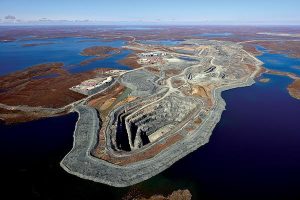
The Meadowbank mine in Nunavut.
CREDIT: AGNICO EAGLE MINES
Few things in the company’s history are as big as the February 2017 announcement of a US$1.2-billion investment in two gold properties in northwestern Canada. The nugget of the news release: development of the Amaruq satellite deposit near the existing Meadowbank gold mine and construction of the Meliadine project near Rankin Inlet in Nunavut.
Said Boyd at the time “We believe that between the Meliadine project and the Amaruq satellite deposit at Meadowbank, the to produce gold for several decades.”
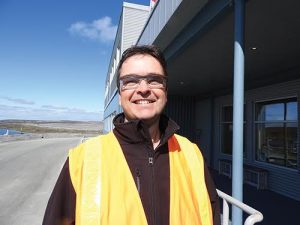
Luc Chouinard, general manager of Meadowbank.
CREDIT: AGNICO EAGLE MINES
Both mines sit within a 4,400 sq.-km land package covering three major geological belts west of Hudson’s Bay that has grown 10 times in as many years, said Boyd. That includes Meadowbank, which will continue to produce a large amount of gold right through to the end of 2018. Boyd says the company will be ready later in 2019 for the recently discovered Amaruq Whale Tail deposit to start feeding ore into its Meadowbank processing facilities.
The target at Amaruq, said Boyd, is about 2 million oz. of gold produced between 2019 and 2024. At Meliadine, it’s about 5.3 million oz. of gold over 14 years of mine life.
The company expects a conventional open pit mining operation to begin on the Whale Tail satellite deposit (Phase I) in the third quarter of 2019 followed by the V Zone pit (Phase II).
Boyd reserves a large measure of his enthusiasm for the roles the Amaruq and Meliadine mines will play in the surrounding community life of Nunavut. Despite the tensions that have historically occurred between mining companies and Indigenous peoples, Boyd says, “in Nunavut, we see a place where you can do business. The people of Nunavut, particularly the Inuit, are open for mining.”
The proof of that happened 18 years ago, Boyd notes, when the Inuit in Nunavut used geological consultants to recover ownership over 18% of the land while negotiating their land claim settlement with the government of Canada.
“They were basically looking for land that they could own directly that had the best geological potential,” Boyd says. Today, that includes benefits accruing from Amaruq and Meliadine: approximately $500 million per year in goods and services after 2019 and 2,000 jobs, 714 of them filled by the Inuit.
“They want that land developed. They want drills on it. They want companies that know how to build mines and it’s a perfect match for us,” says Boyd. With sixty years’ experience under its belt, Agnico Eagle also has a strong operating base of four mines in Quebec, with the logistical planning and support to expand its platform in Nunavut.
Existing platforms always a plus
The bigger project by far, says Boyd, is the Meliadine project where Agnico Eagle is spending $900 million to build an entirely new mine 30 km north of Rankin Inlet. “The road’s in place, heavy construction’s under way, we’re doing concrete work, and we’re in the middle of the barge season, so all the steel’s coming,”
Boyd says. Steel erection gets under way this year for an overall project start in 2019.
Meliadine and Amaruq collectively will produce between 700,000 and 800,000 oz. per year, at “good” cash costs, says Boyd.
But even better is the tremendous exploration potential that having an operating platform already in place at Meadowbank provides to support expansion into the Amaruq satellite deposits and Meliadine. Better still, says Boyd: exploration costs at a fraction of what a junior would have to spend to do that work.
“We can do a lot more exploration. We can stretch our exploration dollar. We’ve got huge budgets up there to continue to drill and add ground through staking and we just see Nunavut as being a part of Agnico for decades to come,” Boyd explains.
For its part, Meadowbank produces more than 300,000 oz.
of gold annually. With Meadowbank’s existing open pit mine closing in on its end-of-mine life, a timely move will be the use of its existing infrastructure (mining equipment, mill, tailings, camp and airstrip) at the newly discovered Whale Tail mine, with a 72-km road built to create a direct link to the Meadowbank’s processing plant.
Rumbling along that road carrying the ore to Meadowbank will be a brand new fleet of modified long haul trucks – not your traditional rigid body mining haul trucks, says Meadowbank’s general manager, Luc Chouinard. “Our 150-tonne haul trucks don’t lend themselves to that 72-km road very well.” Instead, a modified tractor with two ore-carrying trailers arrangements normally used in the logging industry is being piloted.
“Western Star, Mack, Kenworth; they’d typically be that type of tractor trailer arrangement, but not the ones you’d see on the highway. They look similar but come in a larger size.”
Hiring local, training the best
But Meadowbank is not done yet, due in part to a slight increase in mineral reserves at year-end 2016, and the mining of additional higher grade ore at its Portage pit. Agnico Eagle has also pressed forward with work at the Vault pit to recover more ore there, says Chouinard, “but also to keep some of our employees and fleet at work.” In the past year and a half, it’s also installed grade control systems, and been busy on earthworks and pre-stripping.
In fact, good local hires make all the difference at Agnico, says Chouinard. “Since 2012, all of our haul truck positions, for example, have been filled by Inuit employees,” some of whom, he adds, take advantage of Agnico Eagle’s career path program.
The program’s goal: to support internal promotion of its Inuit employees and ensure only Inuit candidates are hired to fill a position that is part of a specific career path.
“We just had our first Inuit employee complete the mine department’s career path to become a shovel operator a week and a half ago,” said Chouinard – a plum position at Agnico Eagle, he added.
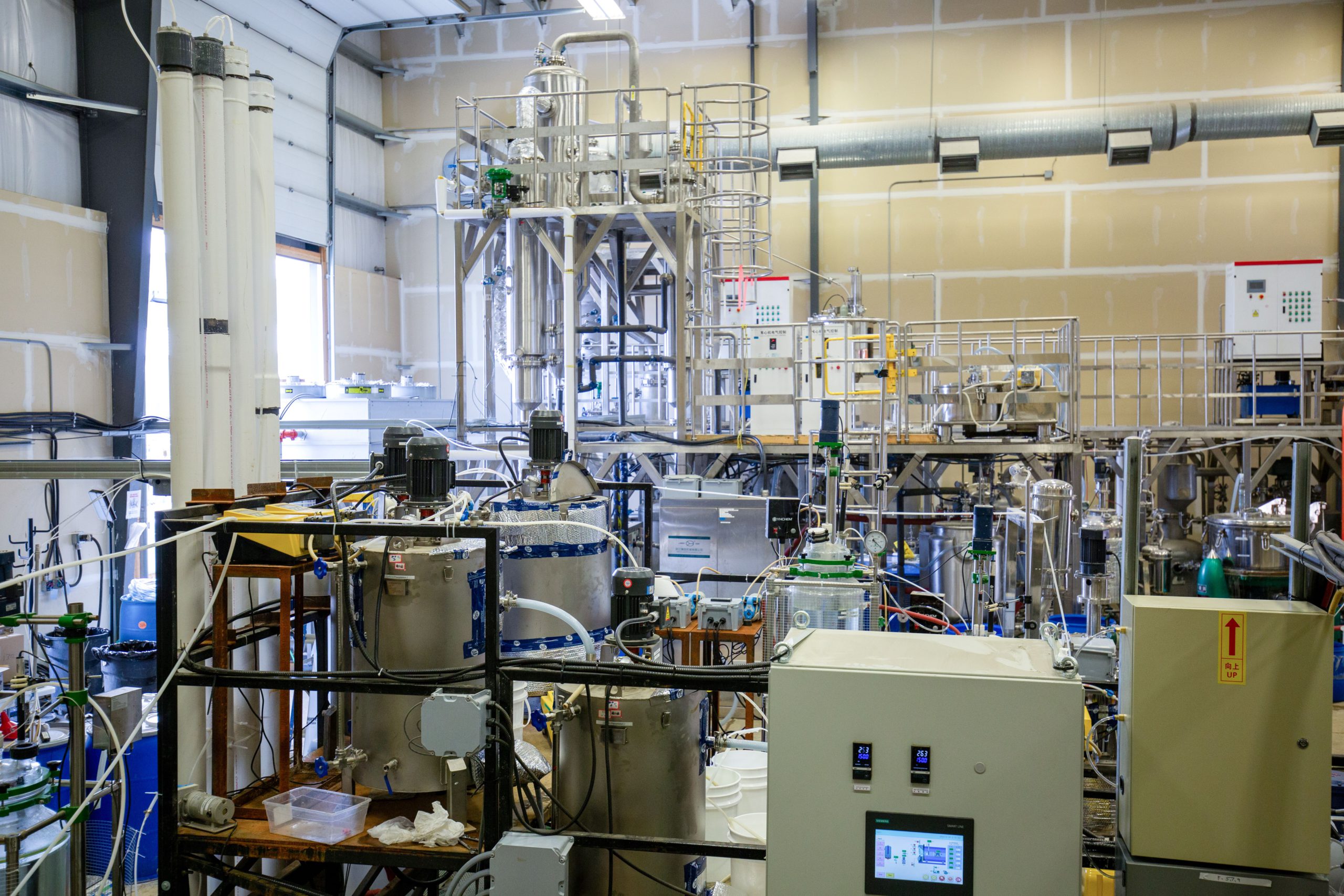
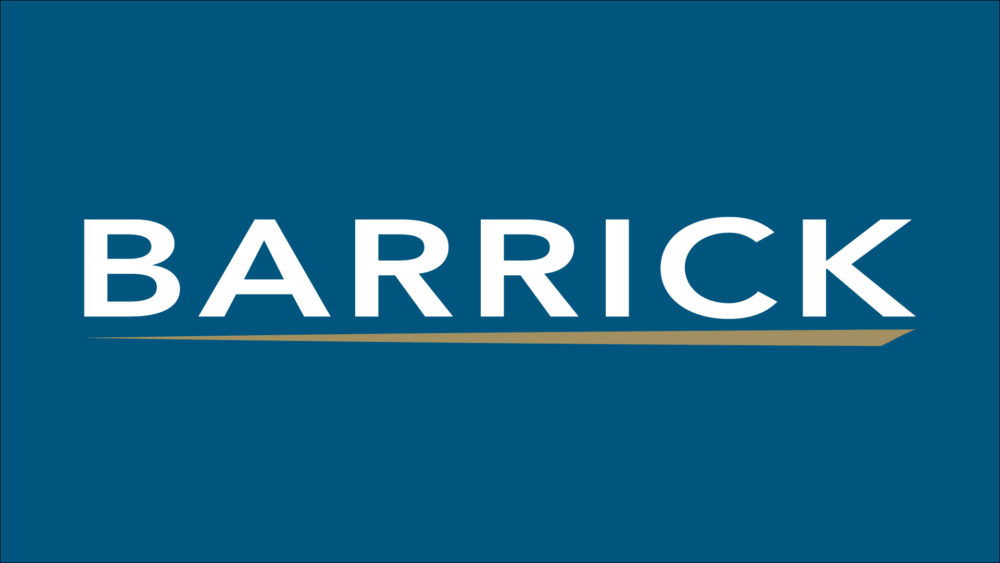


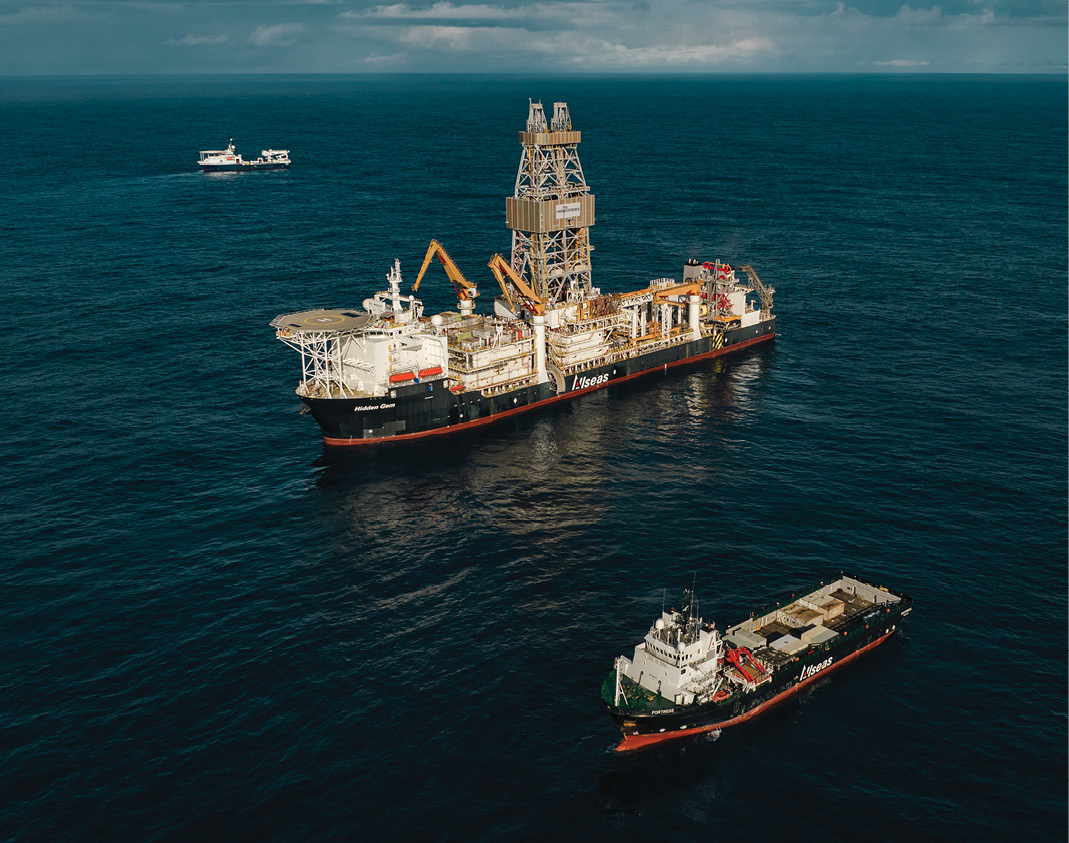
Comments